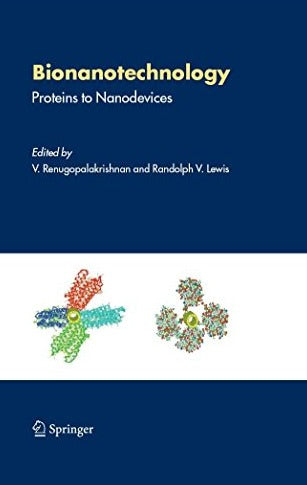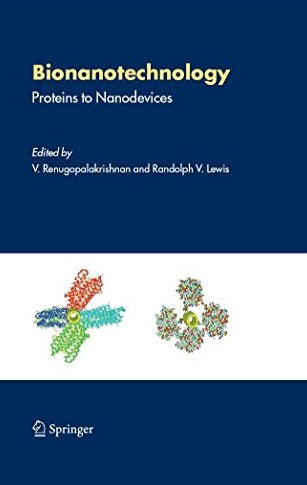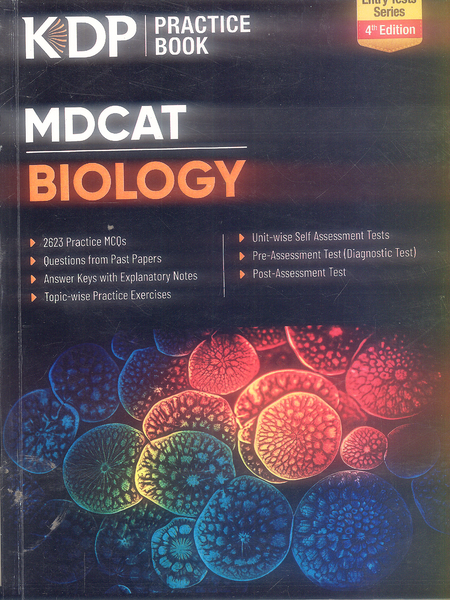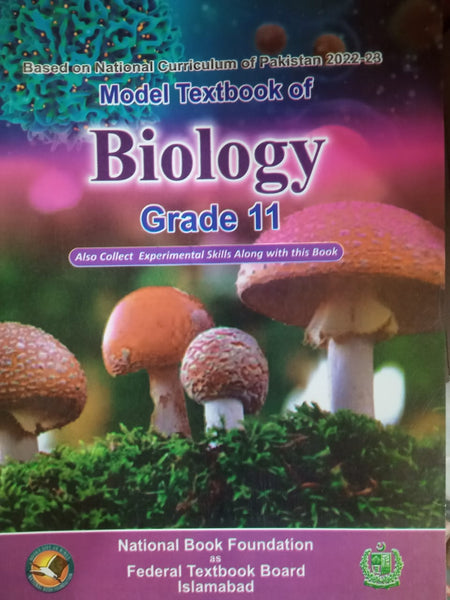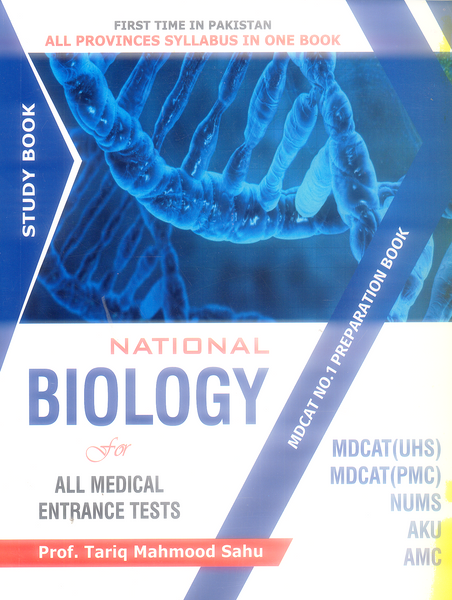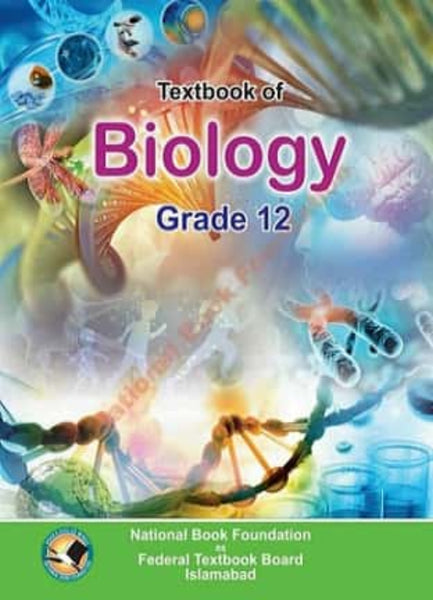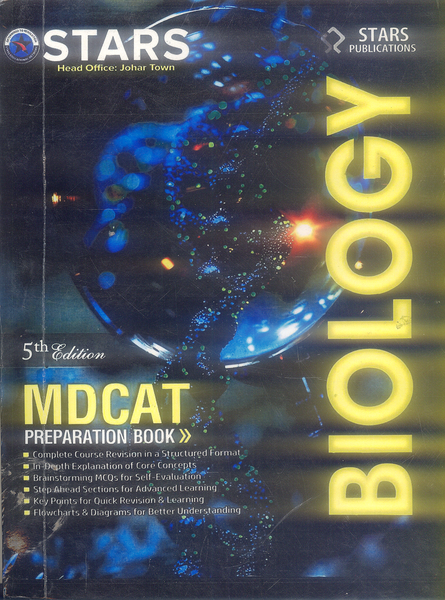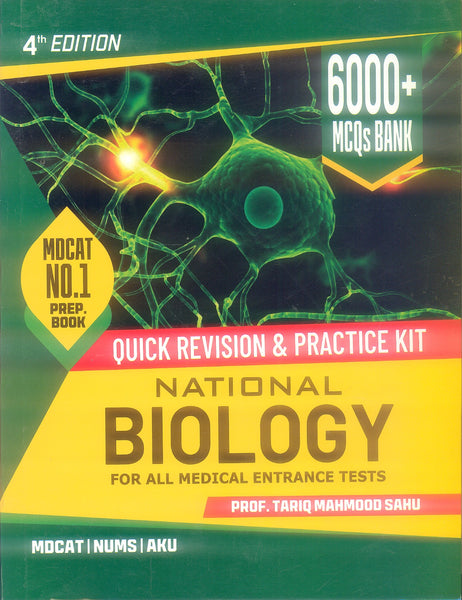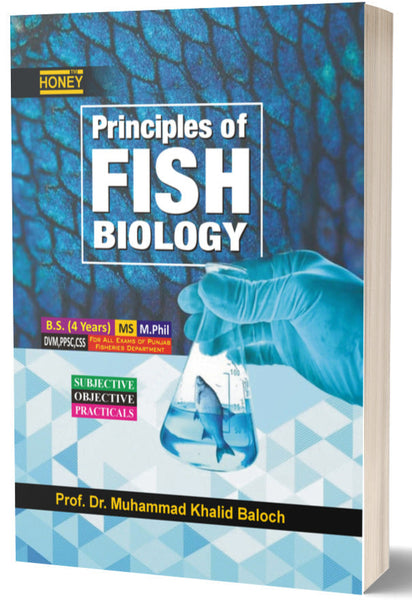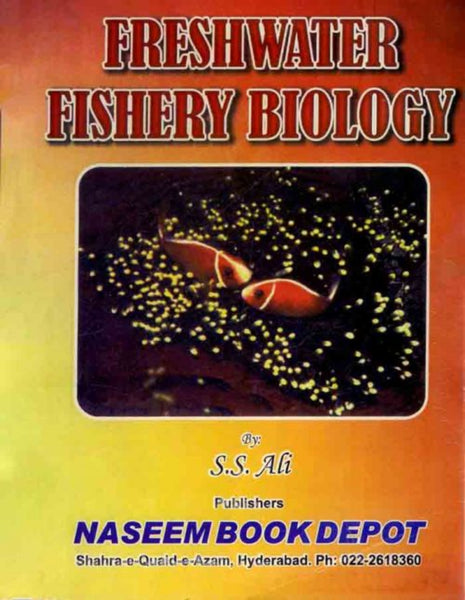Bionanotechnology Proteins to Nanodevices By V Renugopalakrishnan
- Publisher: BIOLOGY
- Availability: In Stock
- SKU: 43710
- Number of Pages: 310
Rs.700.00
Rs.950.00
Tags: Advanced Nanodevices , affordable prices , best books , best books online , Best Price , best prices , Best Selling Books , best shop , Biological Molecules , Bionanotechnology , Biosensing , Biosensors , Book shopping , bookshop , bookshop Multan , bookshop near me , bookshop online , bookshop online Multan , bookshopPakistan , buy online books , Characterization Techniques , Chemical Vapor Deposition , Conjugates , Controlled Drug Release , digital shopping , Electron Microscopy , Enhanced Functionality , Environmental Monitoring , good books , good booksonline , High Sensitivity Detection , Innovative Applications , Integration Issues , Interactions , Interdisciplinary Field , Internet Shop , Molecular Diodes , Molecular Electronics , Molecular Self-Assembly , Molecular Transistors , Nanodevices , Nanomaterial Synthesis , Nanomaterial Synthesis Scalability , Nanomaterials , New Possibilities. , Novel Devices , one stop shop , ONLINE BOOKS , Online Books Shop , online books store , Online Bookshop , Online Bookshop Pakistan , online bookstore , online shop , online shopping , Online Shopping Pakistan , OnlineShoppingPakistan , Pakistan Bookshop , Pakistan Online Shopping , PakistanBookshop , PakistanOnlineShopping , Performance Enhancement , Potential Uses , price cut , price-friendly Comprehensive , Primary Protein Structure , Protein Immobilization , Protein Stability , Protein-Nanomaterial Integration , Protein-Nanomaterial Interactions , Proteins , Quaternary Protein Structure , Reasonable Price , ReasonablePrice , Recommended Book , reduced price , Research Challenges , Research Directions , Revolutionary Devices , Secondary Protein Structure , secure shopping , Shop Smart Pakistan , Shopping , ShopSmartPakistan , Sol-Gel Processes , Specific Biological Molecules Detection , Spectroscopy , Synthesis Methods , Targeted Drug Delivery , Technological Advancements , Tertiary Protein Structure , Test Guidelines. Online Shop , Unique Properties , Unparalleled Quality Best Price , V. Renugopalakrishnan , Versatile Nanodevices , Virtual Shop , Web Shop , X-Ray Diffraction
Bionanotechnology: Proteins to Nanodevices by V. Renugopalakrishnan delves into the integration of biological molecules, particularly proteins, with nanotechnology to create innovative devices with applications across various scientific and medical fields. The book explores the fundamental principles of protein structure and function, the synthesis and characterization of nanomaterials, and the convergence of these two domains to develop functional nanodevices. This interdisciplinary approach aims to harness the unique properties of proteins to enhance the performance and versatility of nanodevices, paving the way for advancements in areas such as biosensing, drug delivery, and molecular electronics.
Key Points:
1. Introduction to Bionanotechnology Bionanotechnology merges biological molecules with nanotechnology, aiming to create novel devices that leverage the properties of both fields. This introduction outlines the scope and significance of bionanotechnology, emphasizing its potential to revolutionize various industries.
2. Protein Structure and Function Proteins are complex molecules essential for various biological functions. This section details their structure, including primary, secondary, tertiary, and quaternary levels, and explains how these structures determine protein function.
3. Synthesis of Nanomaterials Nanomaterials can be synthesized using various methods such as chemical vapor deposition, sol-gel processes, and molecular self-assembly. Each method has its advantages and limitations, which are discussed in detail.
4. Characterization Techniques Characterizing nanomaterials and protein-nanomaterial conjugates involves techniques like X-ray diffraction, electron microscopy, and spectroscopy. These techniques provide critical insights into the properties and behavior of the synthesized materials.
5. Integration of Proteins with Nanodevices Integrating proteins with nanodevices involves immobilizing proteins onto nanomaterial surfaces. This integration can enhance the functionality of nanodevices, making them more efficient and versatile.
6. Applications in Biosensing Bionanotechnology has significant applications in biosensing, where protein-based nanodevices can detect specific biological molecules with high sensitivity and specificity. These biosensors have potential uses in medical diagnostics and environmental monitoring.
7. Drug Delivery Systems Nanodevices can be engineered to deliver drugs in a controlled manner, improving the efficacy and reducing the side effects of treatments. Protein-nanomaterial conjugates are particularly promising in targeting specific cells or tissues.
8. Molecular Electronics Molecular electronics involves using molecules, such as proteins, to create electronic components at the nanoscale. This section explores how bionanotechnology contributes to the development of molecular transistors, diodes, and other electronic devices.
9. Challenges and Limitations While bionanotechnology offers immense potential, it also faces challenges such as protein stability, scalability of nanomaterial synthesis, and integration issues. Addressing these challenges is crucial for the practical application of bionanotechnology.
10. Future Prospects and Research Directions The future of bionanotechnology lies in advancing the understanding of protein-nanomaterial interactions, developing new synthesis methods, and creating innovative applications. Continued research is essential to overcome current limitations and unlock new possibilities.
Conclusion: Bionanotechnology: Proteins to Nanodevices by V. Renugopalakrishnan presents a comprehensive exploration of the fusion between proteins and nanotechnology, highlighting the transformative potential of this interdisciplinary field. By understanding the principles of protein structure, nanomaterial synthesis, and their integration, researchers can develop advanced nanodevices with applications ranging from biosensing to drug delivery and molecular electronics. Despite existing challenges, the future of bionanotechnology is promising, with ongoing research paving the way for innovative solutions and technological advancements.
════ ⋆★⋆ ════
Writer ✤ Richard M. Valley

